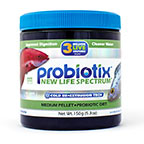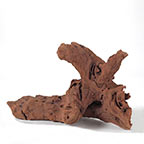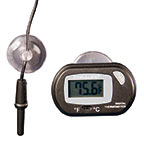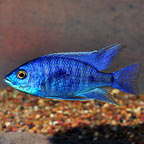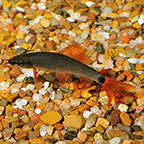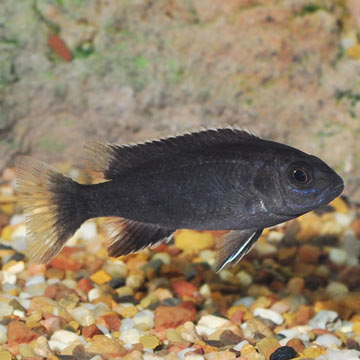
Quick Stats
What do these Quick Stats mean? Click here for more information
What do these Quick Stats mean? Click here for more information
Overview
A large aquarium with plenty of caves and hiding places is ideal for the Pseudotropheus Acei. Caves can be formed from limestone or any other type of inert rock, as well as African Driftwood. An aragonite-based substrate is recommended in order to maintain the necessary high pH and alkalinity. These Cichlids do not like bright lighting, and the aragonite should ideally be either mixed with or covered by darker gravel to reduce the amount of glare in the aquarium.
For the best results in spawning, the males should be kept with at least three females. The female will spawn on a flat rock, and will take the unfertilized eggs into her mouth and will follow closely behind the male until he releases the sperm to fertilize the eggs. The female will then incubate the eggs for approximately three weeks before releasing the fry. The fry can then be fed newly hatched brine shrimp, daphnia, or crushed flake food.
The Pseudotropheus Acei feeds upon the sediment covered rocks and wood in nature. Provide a balanced diet of dried seaweed and other plant based flake and pellet foods.
Approximate Purchase Size: 1-1/2" to 2"
Supplies You May Be Interested In
Customer Testimonials
Beautiful fish with contrasting coloration. Needs to be kept in schools 5+ in order to be happy. Great fish to any cichlid lover!



